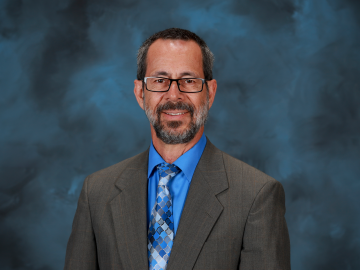
Filter News
Area of Research
News Type
Date
Media Contacts
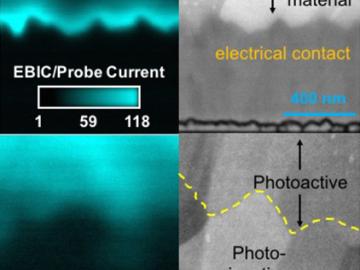
Solar cells based on cadmium and tellurium could move closer to theoretical levels of efficiency because of some sleuthing by researchers at the Department of Energy’s Oak Ridge National Laboratory.
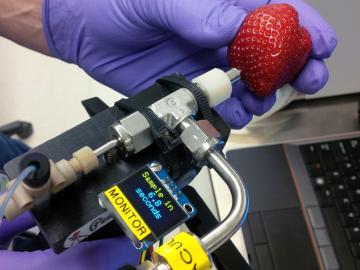

An Oak Ridge National Laboratory study is providing an unprecedented watershed-scale understanding of mercury in soils and sediments. Researchers focused on evaluating mercury and soil properties along the banks of a mercury-contaminated stream in Oak Ridge, Tenn., sampling 145 loca...
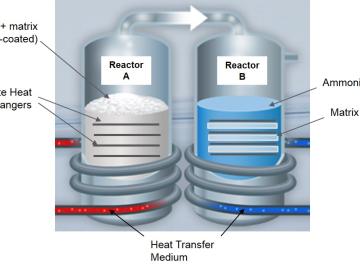
Salt and ammonia are key ingredients of a high-efficiency natural gas-fired heat pump system being developed by researchers at Oak Ridge National Laboratory, Rheem and ClimateWell. Potentially, the SaltX system could provide 43 percent greater efficiency than today’s best furn...
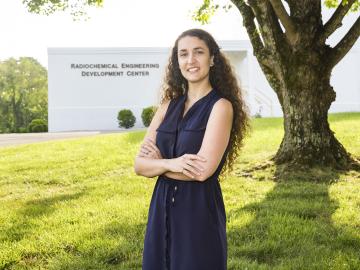
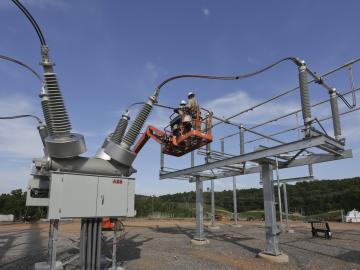
Climate and energy scientists at the Department of Energy’s Oak Ridge National Laboratory have developed a new method to pinpoint which electrical service areas will be most vulnerable as populations grow and temperatures rise.


The Department of Energy’s Oak Ridge National Laboratory will add its computational know-how to the battle against cancer through several new projects recently announced at the White House Cancer Moonshot Summit.
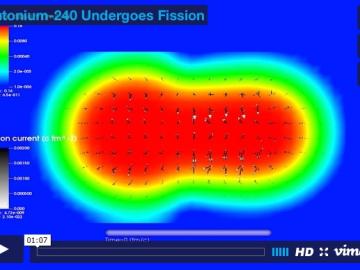
While trying to fatten the atom in 1938, German chemist Otto Hahn accidentally split it instead. This surprising discovery put modern science on the fast track to the atomic age and to the realization of technologies with profound potential for great harm or great help. Altho...
